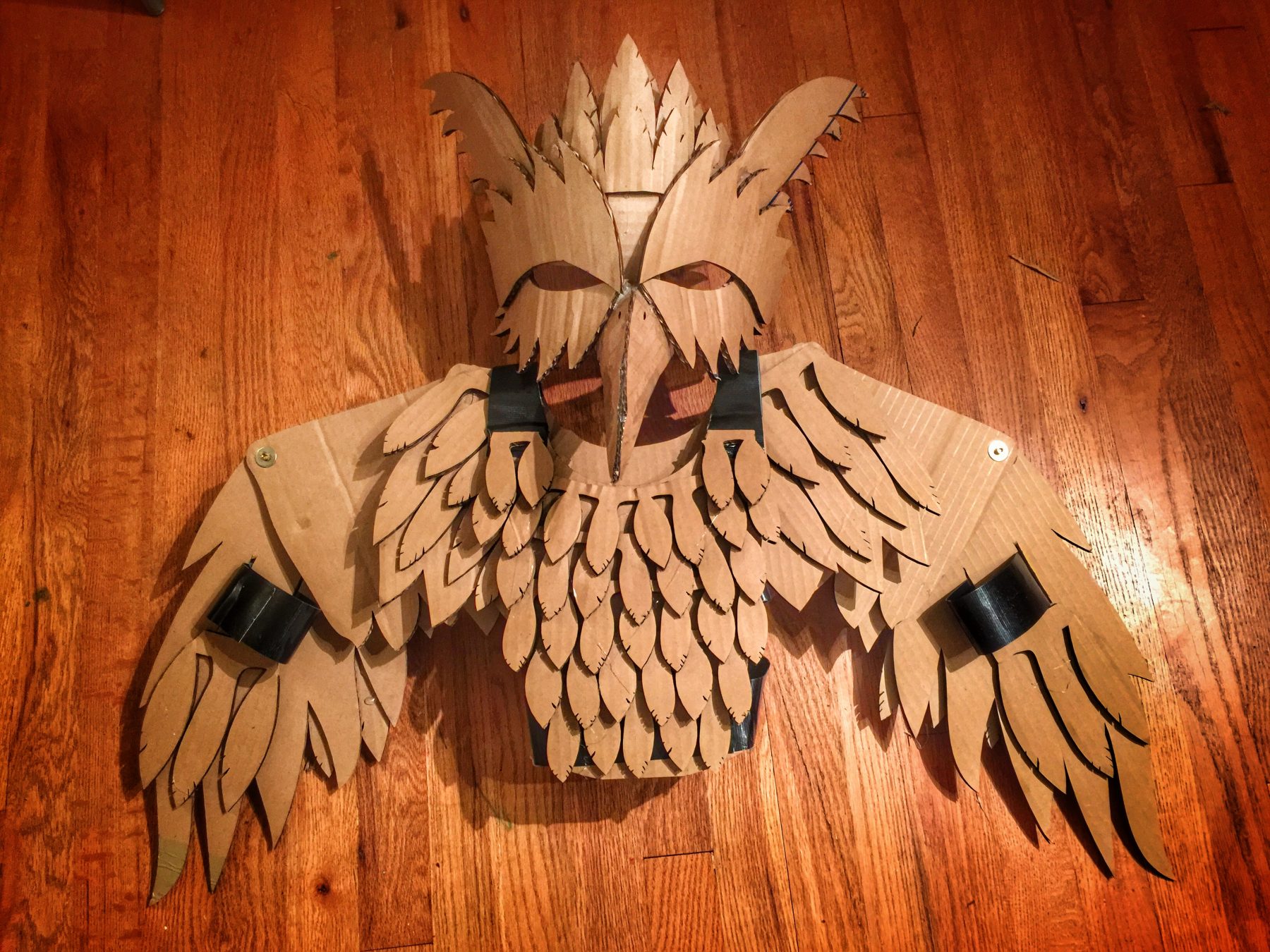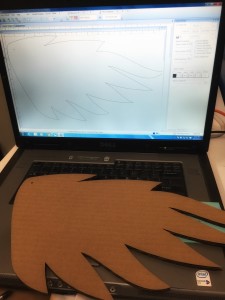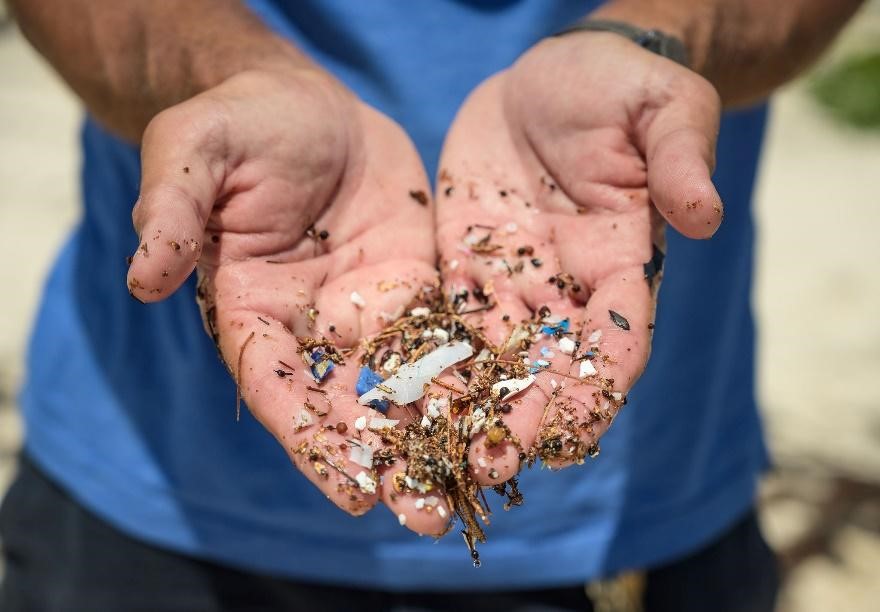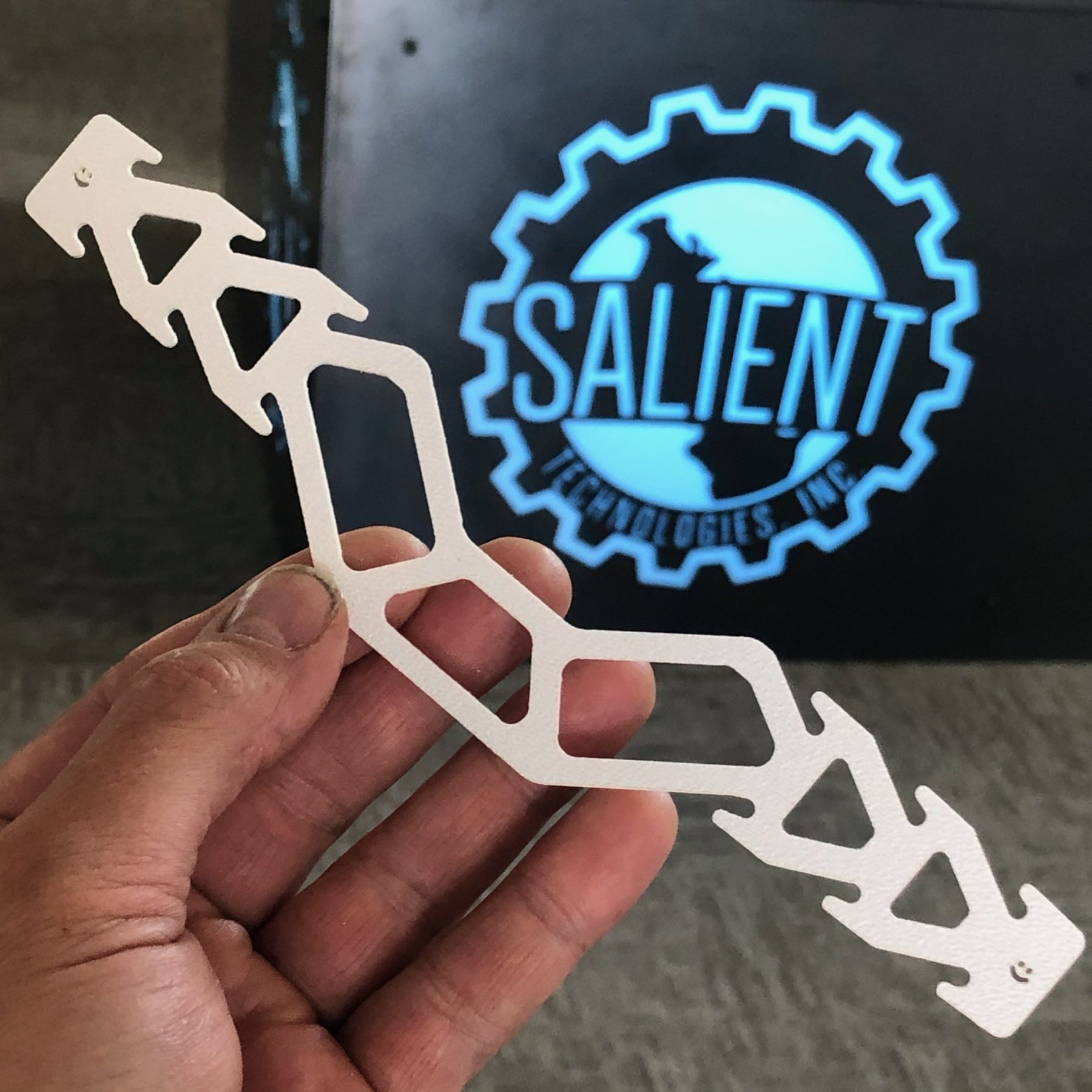What’s the difference between a Provision Patent Application, and a Non-Provisional Patent Application? Are there benefits to filing for a Provisional Patent?
Find the answers in this conversation between Patent Attorney, Toni Tease, and Product Designer, David Yakos.
Click on the video below, to listen in on their conversation, and explore more Patent Law Q&A on the Salient Technologies YouTube Channel
Toni Tease is an experienced Patent Attorney and Owner of Intellectual Property & Technology Law in Billings, MT
David Yakos is Co-Owner and Director of Creativity at Salient Technologies, Inc., a prodcut design firm in Bozeman, MT
Best Practices for Disclosing an Idea – Patent Law Q&A Ep. 3
Sharing an invention or idea you’d like to patent can be a pretty intimidating prospect. It can be difficult to determine with whom your idea is safe, when a signed NDA (Non-Disclosure Agreement) should be in place, when you’re able to speak freely, and whether you’re becoming completely paranoid, or being appropriately careful.
In this Q&A session on patents and patent law, Toni and David discuss when and with whom it’s safe to speak about your invention or idea, when NDAs needs to be in place, when an idea becomes public, and how that impacts the timeline for filing your patent.
https://youtu.be/58VL4qwZ_wI
Find other Patent Law Q&A Session on the Salient Technologies YouTube Channel, and keep an eye out for new videos.
Toni Tease is an experienced Patent Attorney and Owner of Intellectual Property & Technology Law in Billings, MT
David Yakos is Co-Owner and Director of Creativity at Salient Technologies, Inc., a product design firm in Bozeman, MT
The Benefits of Patent Pending – Patent Law Q&A Ep. 4
What does it mean to have a Patent Pending, and what are the benefits of being Patent Pending?
Patent Attorney, Toni Tease and Product Designer, David Yakos explore the perks of having a patent pending, and how it can impact the future of your invention.
Click the video below to listen in on their conversation, and check out other Patent Law Q&A videos on the Salient Technologies YouTube Channel
Find more info on Ms. Tease at her website teaselaw.com, and check out her blog Intellections®
David Yakos is Co-Owner and Director of Creativity at Salient Technologies, Inc.
Salient 2015 Highlights

Another year has gone by, and here at Salient, we have a lot of things to be excited about! Here are just a few (in no particular order):
- The “inherently leak free” valves developed by Salient for Big Horn Valve passed
two of the most stringent tests for oil and gas
valves validating the technology as “emission-free” and the “Best Available Valve Technology to keep our environment green and clean”. - Salient President and Co-owner, Steve Sanford was recognized in the Southwest Montana 20 Under 40; people, entrepreneurs and employees in southwest Montana who have achieved success and improved the quality of life for others in their communities.
- Salient’s David Yakos and maker, Parker Thomas, co-presented “The Mindset of a Maker” at PlayCon 2015
- Salient leadership team experienced HATCH2015, a summit of 100 thought leaders from around the world to HATCH a better world.
- iBike Powerpod Kickstarter Success reaching 150% of their goal, and already fulfilling orders.
- The Salient team had 4 amazing college students shadow them on real life projects as part of Salient’s mentorship program
- Launch of the award-winning Maker Studio Construction Sets to inspire youth in engineering
and creativity, co-invented by David Yakos - Kickstarter success for Hydaway collapsible water bottle – backed by over 5,700 supporters, and raising over $260,000, 13x their goal!
- The Salient team is growing with with the addition of master Industrial Designer, Kirk Turner
- Team Salient helped facilitate HATCHedu to Design the School of the Future at DSEL Labs, Montana State University.
- Salient Co-owner, David Yakos was recognized in Origin magazine’s 45 Top Creatives
- In 2015, Salient provided Industrial Design, Prototype Development and Manufacturing Drawings for over 100 client products.
Laser Cut Birdman Costume

One handy tool for prototyping is a laser cutter. At Salient, we use our laser to cut wood, plastic, cardboard and fabric for testing, prototypes and golden samples. However, with Halloween upon us, why not make a cardboard Birdman costume using the laser cutter?! Once you have a pattern, the laser cutter is more precise, repeatable and faster than cutting with a blade.
Here are some basic steps and images of the process. For full instructions, you can visit http://www.instructables.com/id/Cardboard-Bird-Man-Costume-With-Wings/
- Design the flat pattern in SolidWorks keeping in mind the ideal size and articulation for the wings. (This was very fast, allowing for the quick scaling of parts and patterning of features like feathers.)

- Cut out the pieces using the laser…. So much faster and accurate then cutting cardboard with a knife!

- Assemble the pieces using industrial strength hot glue, bolts and nuts for the wings and Gorilla Tape.

And, Voila! It’s a Birdman Halloween!
We’re all on the Same Boat

By David Yakos

The phrase, “we’re all in the same boat” has new meaning for me after taking part in the inaugural Ocean Plastic Leadership Summit. As a first-of-its-kind expedition, SoulBuffalo compiled more than 150 leaders from the largest chemical companies, plastic producers, and environmental groups from around the globe. The group met out at sea for four days on a 400 foot ship in one of the highest concentrations of ocean plastic.
As Outside Magazine reported, “Recycling is broken. The oceans are trashed. As the plastics crisis spirals out of control, an unlikely collection of executives and environmentalists set sail for the North Atlantic Gyre in a desperate attempt to find common ground.” Outside Magazine

The purpose of the expedition was to explore new avenues that would eliminate the 14 million tons of plastic that makes its way to the ocean every year. One of the primary focuses was the reduction or elimination of the biggest culprit, single-use plastic. Leading product companies, including Dow Chemical, Coca Cola, Nestle Waters, G.E., Clorox, Mary Kay, and Hasbro, were all on board with several, often anti-corporate environmental groups including Greenpeace, World Wildlife Fund, Upstream, and the 5 Gyres Institute. Everyone had one goal in common: to bring about positive change, no matter how challenging. Publications including National Geographic and Outside Magazine documented the summit and created transparency and accountability. I was fortunate enough to be part of the facilitation team comprised of HATCH alumni to work through the occasionally uncomfortable conversation, brainstorm solutions for this global issue, and get commitments for actionable items from industry leaders.

Floating in the Bermuda Triangle was far from the normal boardroom meeting, especially considering that part of the expedition involved putting on wetsuits and snorkels, piling into zodiacs, and swimming with trash in the Sargasso Sea. There we learned that there are higher concentrations of trash in the convergences of the ocean currents, called gyres. To my surprise, the problem is not an isolated floating island of trash, but rather billions of small pieces of plastic that are mixed into the whole. Yes, we did find things like toilet seats, shoes, and toothbrushes, but the small parts that cannot be removed are the true problem. Sadly, plastic has become the new sand, which releases toxins in the water and can often be found in the wildlife. On the expedition, we drug trawling nets behind the zodiac rafts, collecting specimens and examining them on the ship in the mobile lab. We counted the plastic pieces in the fishes’ stomachs and gathered plastic readings for the gyre research. We broke into our lab groups comprised of people with various points-of-view, from production to environmental. These conversations could have easily escalated without any positive outcome, but with the common goal in mind, we pinpointed tangible actions to implement. Although there is not a single switch to flip that fixes the problem, the sum of many single actions makes an enormous difference. It was no accident that the manifest was comprised of people in the position to affect change in their companies.
The goal, as highlighted in a Forbes interview, was “to more tightly integrate the areas of leadership, sustainability and innovation.” FORBES That is exactly what happened. Companies made measurable commitments, such as using 50% recycled plastic by 2030 to eliminate plastic waste in packaging.


As a toy and game inventor, wondering how to affect change from the inside, I asked, “what if we, as inventors, make one of our licensing terms, ‘no single-use plastic in the packaging.’ Would companies consider it?” Hasbro, which had representatives on the boat, unofficially responded that they were exploring how to be more environmentally responsible and that they wanted to continue the conversation. I was more than happy to see this playful trendsetter make this announcement only a few months later,
“Beginning in 2020, Hasbro will begin phasing out plastic from new toy and game packaging across its portfolio of iconic brands like NERF, MY LITTLE PONY, MONOPOLY, MAGIC: THE GATHERING and POWER RANGERS.” Hasbro
Before this experience, I did not see myself as an “environmentalist”, but now I feel a renewed sense of responsibility and stewardship for this beautiful planet. The way I see it, we as humans are all in the same boat and every choice that creates positive change helps. I am grateful for the responsible decisions from groups like Hasbro who are committing to make a global difference in the industry of play, and I hope that their example will inspire others to do the same.
David Yakos is co-founder of Streamline Design and Salient Technologies, Inc. His article is also featured on the Chicago Toy and Game Week website.
Happy Ears

Here at Salient Technologies, we love our laser cutter. It is well worth its keep for making prototypes. We love it even more when we can use it to help our local medical professionals! David Yakos recently used the laser cutter to cut “Happy Ears”. Happy Ears are a simple strip of plastic that holds medical mask straps securely to the back of the head. Normally, a medical mask is held to the face with elastic around the ears. When worn all day, this elastic can rub and irritate the ears.
Since medical professionals wear masks all day now, they are especially vulnerable to sad, irritated ears caused by mask straps. When David heard about this, he went right to work cutting strap holders on the laser cutter out of 0.06” ABS plastic from our workshop supply. Our 48 by 36 inch laser cutter can make about 50 strap holders in an hour, unlike a 3D printer, which takes 3 hours to make just one strap holder. Bozeman Deaconess Hospital as well as a number of other medical professionals were grateful to receive them!
Always looking to bring in a little joy, David even cut a smiley face on both ends of every strap holder. They bring happiness and comfort in more ways than one!
If you have a laser cutter, feel free to make strap holders with free to download files. https://www.thingiverse.com/thing:4273522/files Please let us know if we can make you some, regardless of your profession.




